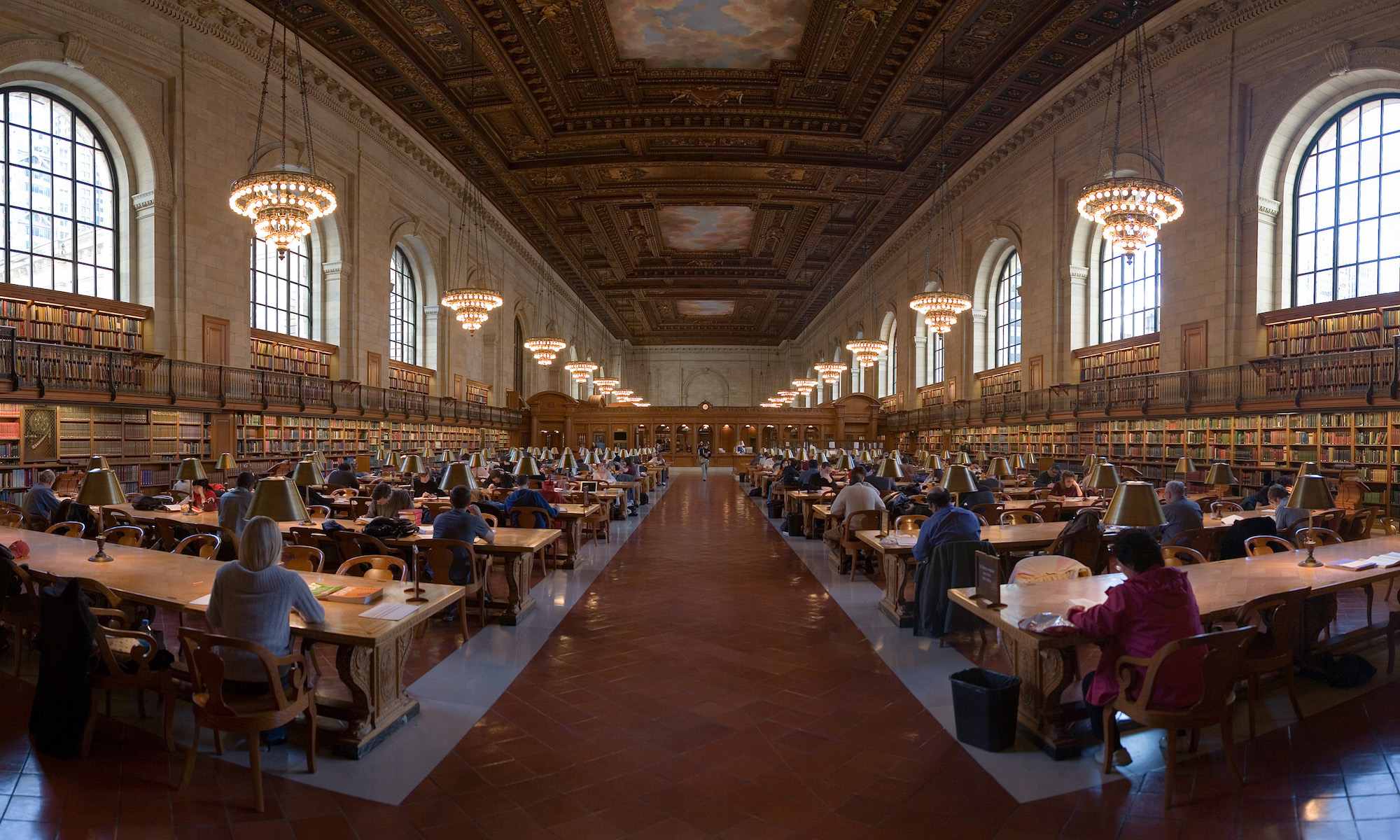About a moon ago, or maybe some time less than a month ago, Dr. McCoy discussed how Alice, emerging in her new, thin body is like meristem tissue. She could do whatever she wanted and no force would stop her, she was determined and confident. For those of you who don’t remember, meristem cells are basically like human stem cells, but in plants, and they last for the entire lifetime of the plant.
Meristem enables plants to have something called “phenotypic plasticity,” meaning they can literally be whatever they want to be at any given time. If they need more soil-nutrients, they grow their roots longer and shrink their above-ground parts. If they need more sunlight, they shrink their roots, and grow taller with bigger leaves. One part always suffers because they’re focusing on what needs to be focused on.
When Alice becomes “meristem tissue,” Alice also exhibits phenotypic plasticity. The way one part of the plant must shrink to accommodate the part of the plant that needs to be cared for, Alice physically shrinks. This seems strange at first, but it makes some sort of sense. She’s no longer going to be traveling with a group that can take care of her large body, she needs to be smaller. If she wants to be a part of the active rebellion in the city, she must give up the passive rebellion of her body part so she can easily move around.
Everett explores different forms of life, and moreover, questions what humans can do for themselves and others with what they’re given.
